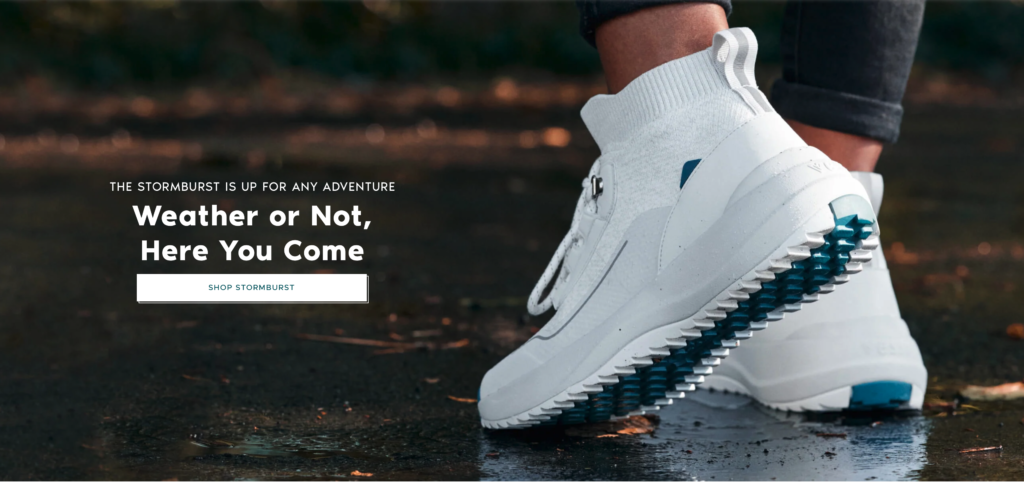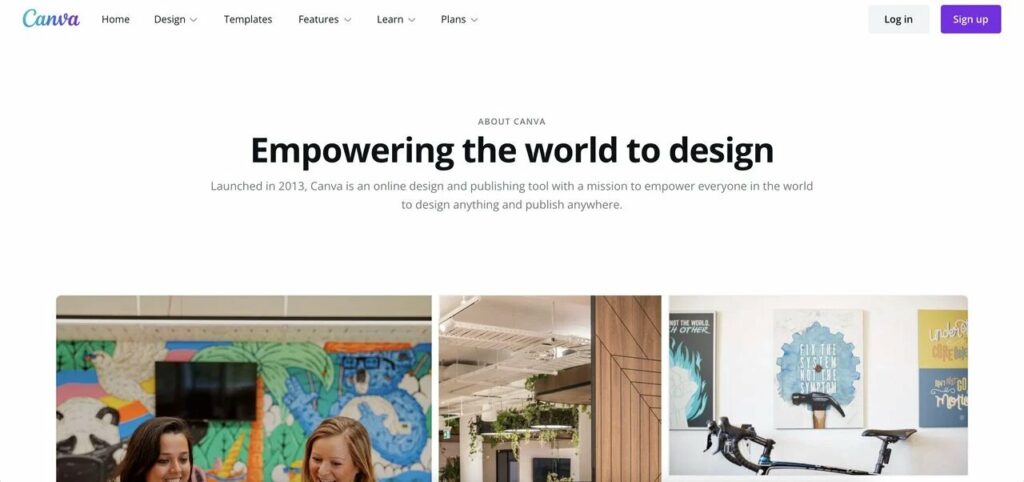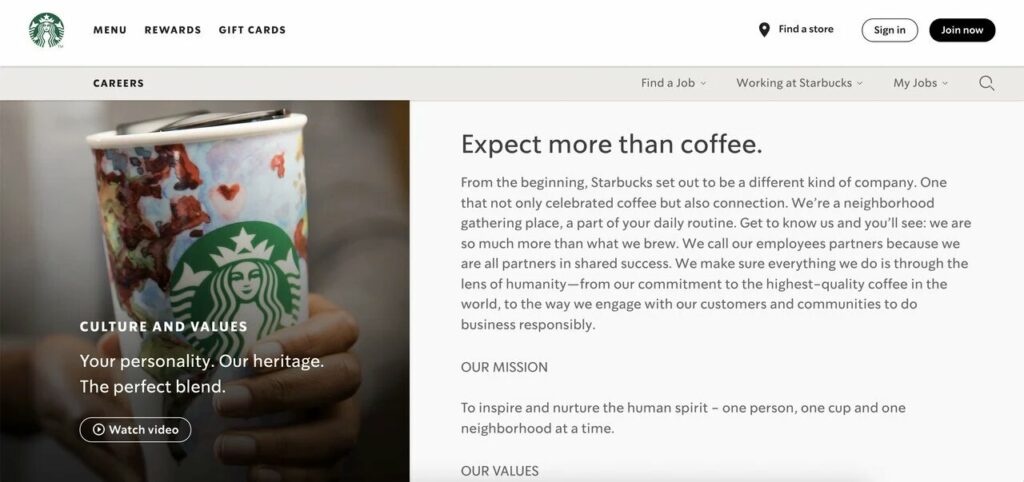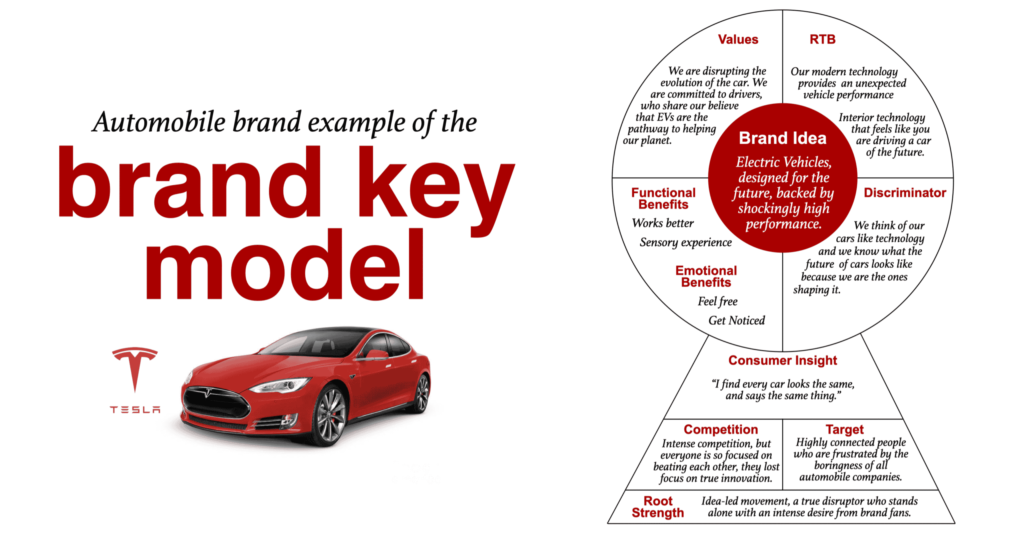When it comes to running a business, having a unique selling point is crucial to stand out from competitors, attract customers and reinforce your brand positioning. A unique selling point (USP) is a characteristic or feature of a product, service, or brand that sets it apart from the rest. It’s what makes a business different, memorable, and valuable to its target audience. In this article, we’ll delve deeper into the importance of having a unique selling point, how to create one, and examples of successful USPs,
What is Unique Selling Points (USP)?
Unique Selling Points, or USP for short, is a factor that differentiates your product or service from your competitors. Some common USPs are lowest cost, highest quality, first in the market, or some other unique factors.
Forming an opinionated and deliberate USP helps focus your marketing strategy and influences messaging, branding, copywriting, and other marketing decisions, and influences prospective customers. A good unique selling point should be concise and properly explain why it is beneficial to customers by itself.
At its core, a USP should quickly answer a potential customer’s most immediate question when they encounter your brand:
“What makes you different from the competition?”
Your USP plays to your strengths and should be based on what makes your brand or product uniquely valuable to your customers. Being “unique” is rarely a strong USP in itself. You have to differentiate around some aspect your target audience cares about, otherwise your messaging won’t be nearly as effective.
Why is USP important?
A good USP can be an effective tool to help you shape and focus your marketing goals to successfully establish your brand and product.
Once you have a specific USP in place, you’ll be able to identify the key elements to focus on when setting up marketing campaigns for your products and brands. The USP will act as a factor that conveys the benefits to consumers so that they can easily remember your brand and product. This is an indispensable part when implementing branding for businesses; it will help the campaign become memorable and make a good impression on the customers.
Let’s say there are 2 products on the shelf, and neither of them has any outstanding features. If they are all the same, the purchase rate will be 50 – 50. But how can the success or failure of a business be like good luck and bad luck?
Therefore, it is necessary to know what differentiates your product from that of your competitors. And the solution here is to have a strong USP, which can help increase the chances of customers choosing to buy your product and thereby increase the success rate for the business.
To know what a strong USP looks like, we must know what USP isn’t.
What a unique selling point is not
Specific marketing offers–like 10% off, free shipping. 24/7 customer service, or a good return policy–are not USPs. Convincing and effective though they may be, they’re not unique on their own, nor are they positions that are easy to defend, as any of your competitors can copy them.
A USP is also noy just the headline on your homepage. It’s a position your small business takes as a whole that can be incorporated into your brand philosophy, your products, your brand, the experience you provide, and any other touch point your customers have with your business.
The best way to learn what good unique selling points look like is through examples. Here are the best USP examples that are done right, and what you can learn from each successful business.
Unique selling points examples
One of the first things you notice about Vessie is their waterproof shoes. They’re not just regular rain boots but rather sneakers that can withstand rainy weather.

Their tagline, “Weather or Not, Here You Come” immediately conveys the unique value of Vessie’s products to its potential customers. In addition, their products are said to be lightweight and breathable, unlike typical, chunky rain boots. These are their competitive advantages.


The online graphic design platform Canva has one of the best Unique Selling Points examples among the SaaS industry. Its service primarily focuses on streamlining the graphic design process to let anyone design beautifully without getting stuck at the limitation bar of high-price and difficult design software programs like Adobe Photoshop and Illustrator.
“Empowering the world to design” conveys what makes the service unique and better without using too many words to explain. So what else does it signify?
- The simplicity of the product; drag and drop feature, ready-made templates, etc.
- Low prices more people can afford
- Competitive advantage in the market

Can’t start your day without a good old Starbucks coffee? That’s precisely how genius marketing works. Starbucks is not only good at customer loyalty, but it also excels in unique selling points.
The real success behind Starbucks is going beyond coffee. It’s getting people to connect various positive things in daily life with “Starbucks” coffee. For some people, it;s a good chat and tasty coffee with friends; for others, it means the right way to start a busy workday.
The USP “Expect more than coffee” conveys the company mission, which is “connection”

The world-renown beverage corporation Coca-Cola diverts the focus on “refreshment” for their Unique Selling Point. Taking the simplicity of “refreshment and beverages” and connecting them to a more valuable meaning, it emphasizes the product and company difference by;
Starting the company’s vision of sustainability for our planet, which is hinted at “Refresh the world.” Focusing on the “Make a difference” part to draw in the customers to consume the products to make a difference by joining sustainability. In fact, a lot of their campaigns embody this spirit, which in turn reinforces their purpose and unique selling point.

Tesla’s USP is its focus on sustainability and innovation. The company is leading the ebay in the development of electric vehicles and renewable energy. Their products are designed to be environmentally friendly and technologically advanced.
Tesla’s strategy revolves around two main points:
- Creating an amazing driving experience
- Incentivizing people to switch to electric cars
The driving experience is key for Tesla. Their cars are the only ones that can be driven without gasoline, which makes them unique and exciting.
The smoothness of the ride, the responsiveness of the controls, and the overall immerse feeling make driving an electric car feel much different from driving any other type of car.
Now you know what good unique selling points look like. You can create a winning unique selling point for your own business.
4 steps to creating a successful and effective unique selling point
Every USP is going to be unique but that doesn’t mean there isn’t a process you can follow to put yourself on the right track. Here’s how you can write your own USP.
Step 1: Get to know what your audience wants
It’s no secret that different people want different things. You can’t (usually) target a product to millenial buyer the same way you would target a product to a baby boomer. Learning what your audience wants from a business in your industry is vital to creating a unique selling point that your customers can resonate with.
There are multiple ways in which you can research and learn about your target audience and market. Here are some places to get started:
- Google your product or service category and analyze the direct and indirect competitors that come up.
- Check subreddits that relate to your customers and eavesdrop on their conversations and product recommendations.
- Talk to people who are part of your target market and ask them what brands they buy from in your space.
- Look at the relevant social media accounts or pages your target audience follows and are receptive to.
- Go shopping online or offline and get a feel for how your customers would browse and buy products.
Step 2: Conduct a competitor analysis
Competitor research involves identifying your competitors, evaluating their strengths and weaknesses and evaluating the strengths and weaknesses of their products and services. By looking at your biggest competitors, you can see how your own products and services stack up and where the gaps in the market are so you can fill them in.
Here are 6 steps to competitive research:
- Identify main competitors: You can do this by searching your product or service category on the web and see what comes up, or ask your potential customers what services they are already using.
- Analyze competitors’ online presence: You can look at their website, the type of content they are publishing, and their social media presence so you can identify opportunities where you can learn from and/or outperform them.
- Gather information: The best way to gather information about your competitors is by acting like their customers. SIgn up for their email list and follow their blog and social channels to get an idea of how they communicate and interact with their customers online.
- Track your findings: make sure you keep track of what your competitors are doing over time, potentially on a spreadsheet, so you can see how they change everything from pricing to marketing and promotional activities.
- Check online reviews: Try to find as many reviews of your competitors as possible. Besides learning from their positive feedback, any negative reviews will help you identify areas where you can improve your own product or service.
- Identify areas for improvement: Your competitive research should reveal at least one area your business can stand to improve in.
Keep in mind that competitive research is never a one-time event. It is an ongoing process of monitoring and observing how competitors evolve to make sure you maintain your brand position in the market.
Step 3: Gather data and conduct research on buyer’s behavior and motivations
You need to know what motivates and drives customers. It goes beyond the traditional way of analyzing customer demographics such as: age, gender, race, income and geographic location.
Cosmetics and alcohol companies are great examples of industries that know the value of promoting psychological orientation. People buy these products based on their desires (for beautiful, classy, glamorous women, etc.) rather than based on their needs.
So how do you get your hands on this important data?
Here are a few places to get started with:
- Surveys: Asking direct questions to your customers is probably one of the most popular, and also an effective method of gathering data. Web-based surveys are definitely quick and easy for the respondents. They usually have limited answers to choose from with a few open questions. Such a secure form of questionnaires sometimes leaves no place to share the actual thought of one customer or their in-depth impression.
- Online tracking: Your website or app is the perfect tool for collecting data about customer behavior. Each person that visits your website automatically creates the data. Tracking customers’ behavior allows you to have greater insight into their preferences. What they bought, what they were interested in, what they left in the basket – all this information helps plan your business strategy.
- Monitoring social media: Thanks to the power of social media marketing, you can gather as much data as each person decides to share publicly. You can monitor how many times your company was mentioned or looked for on social media. Many social media sites will also provide you with analytics about the performance of your posts. This is a perfect use of the third-party data, that can give you precious customer insights.
- Subscription and registration data: Signing up to your email list or rewards program almost always requires providing valuable customer data. It is also done with the customer’s permission. The main benefit of such a method is that your leads are more likely to convert. They have already shown an interest in your brand. You just need to remember that asking for too much can discourage people from joining your subscription, but if you’re not asking for enough your data analytics won’t be as valuable.
For tips on how to build a profitable email list, check out
“Build an Email List Fast — What Small Business Owners NEED to Know!”
Step 4: Develop your brand position
To determine the unique selling point for your brand, you need to identify the qualities and characteristics that you target customers can identify with and that will set you apart from your competitors.
It’s important to find your focus and let that inform all the other parts of your brand as you build it. Here are some questions to help you determine your focus and personality:
- What is my unique position in the market? Take a look at your competition and make sure you can articulate in a concise way how your brand is superior.
- What’s the greatest benefit of my brand? No need to be modest here. Note exactly what the best thing is about your product or service and continuously highlight this to your customers.
- How can I prove that benefit? Once you’ve shone a light on your brand’s advantages, be sure you can deliver. Whether it’s offering a guarantee or using statistics to back up your claim, prove what you say about your brand is true.
Here are 5 aspects of a business to take into account and asses when building and/or improving your brand position:
- Quality of service
- Price
- Convenience
- Niche service
- Problem and solution
It is important to be realistic with your brand’s strengths and weaknesses in order to develop the best unique selling point for your business.
Define your competitive edge with unique selling points
Having a unique selling point is critical for businesses of all sizes and industries. A USP isn’t just a persuasive line of copy on your homepage. It’s ultimately how you position your products or even your business to the rest of the world
Your products don’t need to be wholly unique in and of themselves for you to have a strong unique selling proposition. Instead, identify a niche market for your brand and look for a spot where you can plant your flag. Whether it’s a unique feature, a benefit, or an aspect of the customer experience, a USP can be the key to long-term success in today’s competitive business landscape.
If you enjoy this article, check out our other marketing insights and news.




